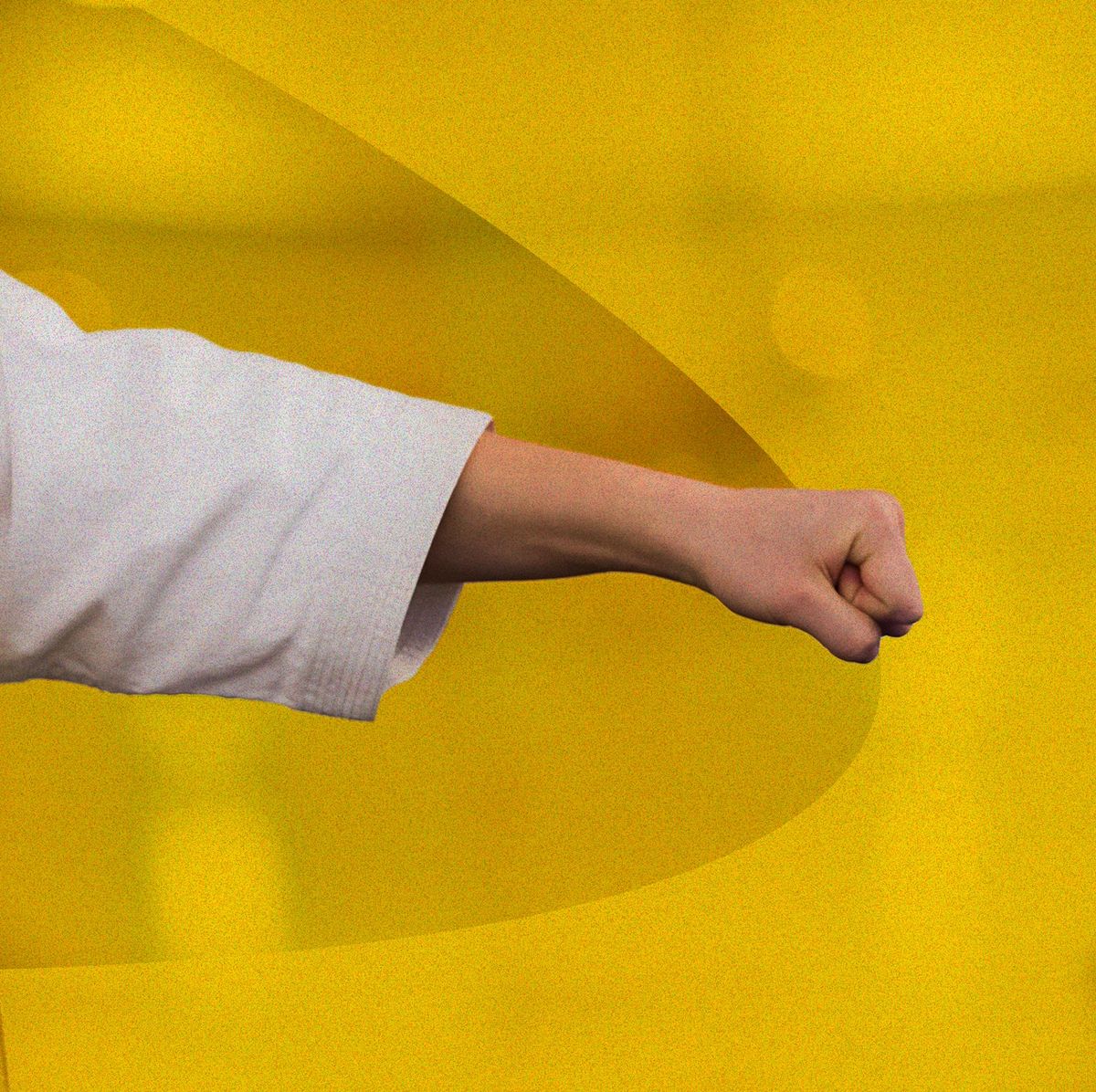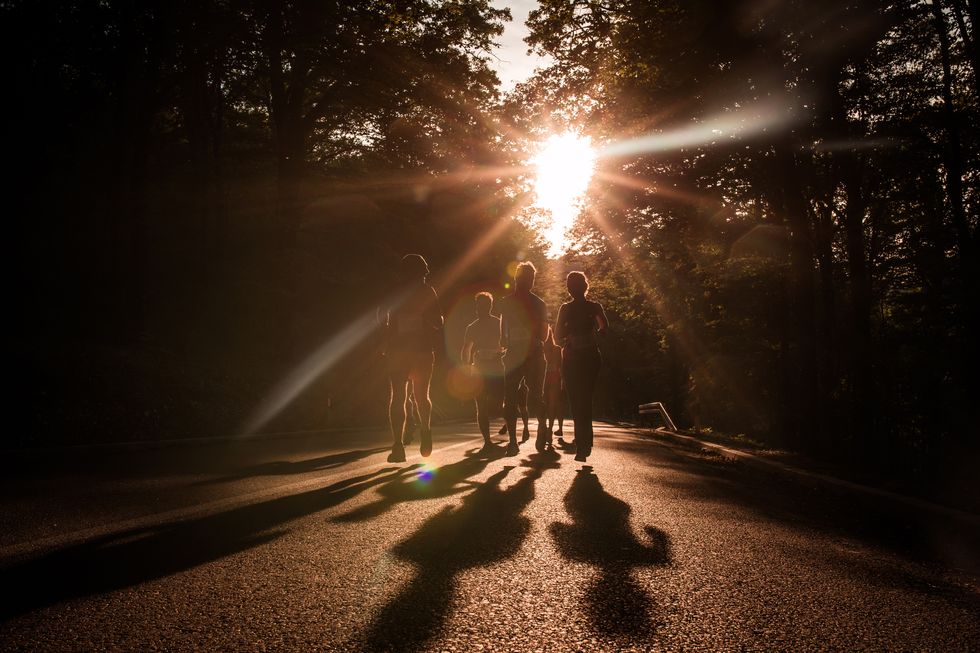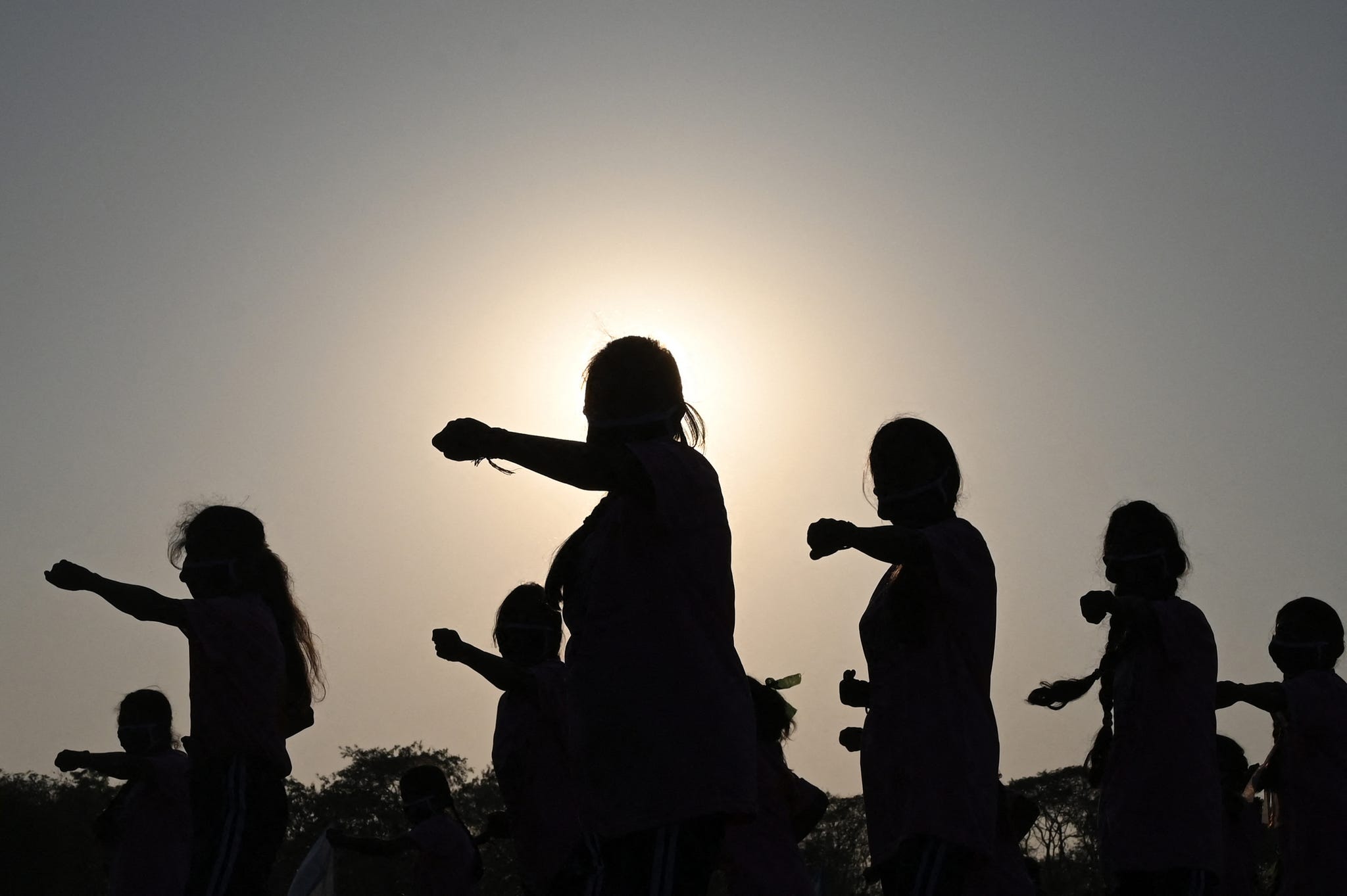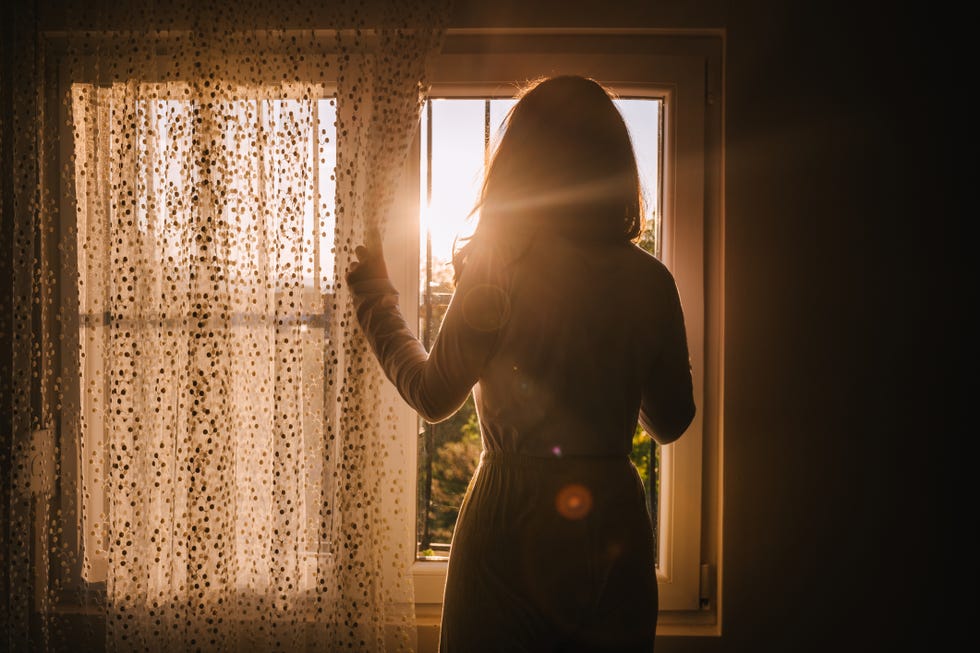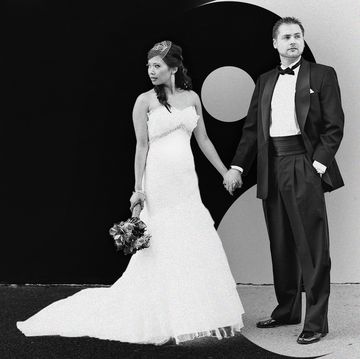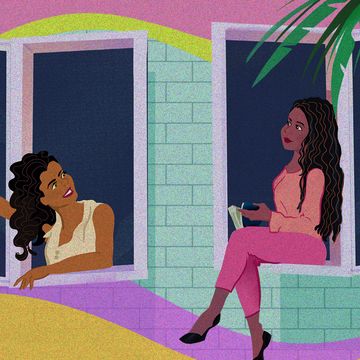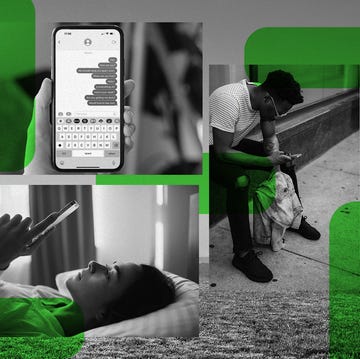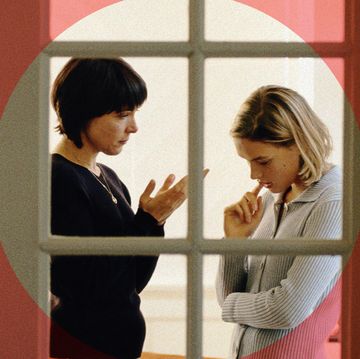As I stood in the basement of a church in Memphis, I looked around at the group of women who’d gathered. We chatted nervously as we waited for our teacher to offer some wisdom, advice, or simply comfort after all the community had gone through. “What are you going to do?!” she yelled at us. In unison, we screamed a response she’d taught us: “Hurt someone!”
This unorthodox self-defense class came about a month after last year’s kidnapping and murder of Eliza Fletcher, a local mom, wife, teacher, and friend of several of the women in our class. It seemed that all of Memphis was in mourning — especially women. Within days of her abduction, my group chats began blowing up with friends asking, “Where can we sign up for a self-defense class?” Frankly, we were terrified, and we sought comfort, connection, and solutions in one another.
This impulse, it appeared, extended beyond our basement and throughout Memphis. Don Adams, a Memphis-based self-defense coach, said that interest in his self-defense classes increased by at least 200 percent in the weeks after Fletcher’s death. “I have never seen Memphis more aware, concerned, and — dare I say — scared about their personal safety,” he told me. “This shift, in my mind, is unprecedented and is driven by current events.”
A similar change took place in London after the murder of Sarah Everard in 2021. The U.K. publication Metro reported that there has been a steady increase in women seeking self-defense and martial arts classes over the years, especially following high-profile assault cases. When women the world over are being harmed, we come together to protect ourselves and one another.
It was this same notion that drew Carrie Whaley, the teacher of my basement class, to self-defense. She’s been training in taekwondo for about 50 years following an assault in her 20s that left her physically and emotionally battered. Now in her 70s, she has a fourth-degree black belt through the American Taekwondo Association and taught self-defense classes for 20 years at Union University in Jackson, Tennessee. Her goal is to give women the physical skills to fight back against an attacker and also the mental and emotional resilience to believe in themselves.
Using her taekwondo mastery, Whaley trained us to break holds and land kicks and punches with protective punching bags. She would slip in words of wisdom as we trained, saying things like “Attackers expect you to be easy prey, so that’s why we are going to make it hard for them.” She repeatedly emphasized that even though women are not socialized to fight or make a scene, this was a learned behavior that we could overcome. Whaley reminded us that we were capable of hurting someone to protect ourselves.
Unexpectedly, it was the mental training that resonated with me the most. The “hurt someone” mantra echoing in my head didn’t feel like an excuse for violence. It was a reminder of my capabilities. Becky Carter, one of the class participants who had personally known Fletcher, shared similar feelings. “The biggest change is knowing that I’m not just totally helpless,” she said. “Before, I felt like I didn’t have anything I could do to keep myself or my family safe. But now I know that I do have something I can do.”
That mindset is one of the best outcomes of self-defense training, according to University of Oregon sociology professor and researcher Jocelyn Hollander. She specifically studies Empowerment Self-Defense (ESD), a feminist approach to training developed in the 1960s and ’70s. She notes that ESD is a holistic approach that also includes, besides physical self-defense, verbal and emotional self-defense. “It discusses deeper causes of gender-based violence, bystander intervention, de-escalation techniques, boundary setting, and more,” she explains.
I was immediately drawn to an empowerment approach and recognized the similar attitude shift that I experienced. While my own experience with training was positive, there are also legitimate critiques of self-defense. “It’s often a problem with some self-defense classes that they can make people more afraid,” Hollander says. “Some of them are so fear-based and focused on how the world is a dangerous place, and you have to be really scared. That’s not what self-defense should be about. It’s about making your world bigger, not smaller.”
Another common problem is that self-defense lessons can feel like victim-blaming women for not doing more to keep themselves safe. Hollander says that potential participants can usually mitigate this by researching classes to avoid fear-based classes that emphasize controlling women’s behavior — such as how they dress — as a form of self-defense.
Hollander suggests finding an ESD class where students have a greater chance of preventing assaults before they even start through awareness and communication. The research confirms that even women who are assaulted after taking ESD classes have greater compassion for and understanding of themselves because they know that the responsibility always lies on the perpetrators of violence, not the target.
Personally, my biggest critique of self-defense is how it can reinforce the idea that the solution to violence against women is women’s problem to solve. If men are the ones who are the primary perpetrators, why should women be required to find a solution to the problem? When the violence happens close to home, as it has for the women of Memphis and elsewhere in the world, it doesn’t seem fair to ask us to do more to protect ourselves. It feels wrong we need protection in the first place.
Hollander says there is bad news and good news on this front. The bad news is that there is no research showing that interventions with perpetrators work to prevent violence against women. It’s disappointing to know that, so far, we don’t have any firm solutions for men. Whaley has a suggestion. As she found martial arts training to be effective for her own empowerment and healing, she thinks it could work to help boys and men. “Taekwondo teaches self-control,” she explains, “and a feeling of responsibility that can empower boys to not want to pick on those who are weaker.”
The good news is that ESD training is extremely effective at preventing assaults against women. Depending on the group studied, there was often a 50 to 60 percent decrease in assaults taking place, and a reduction in the severity of trauma to the targets if they were assaulted. “It’s this conundrum,” Hollander says. “We should not have to learn this stuff. It should not be our responsibility, but it is the only thing we know that seems to have decent effectiveness.”
While we may not have yet solved the problem of patriarchy, sexism, and male-perpetuated violence, I know that chanting, “Hurt someone,” alongside my fellow women in Memphis served as both a salve and a battle cry. Self-defense isn’t the solution. As Hollander told me, “It’s not perfect, but until we figure out the perfect method — probably systematic societal change — this is the next best thing.”
Jordan Arellano is a Memphis-based writer who has contributed to the Daily Memphian, Insider, Yes! Magazine, and Edible Memphis.
Get Shondaland directly in your inbox: SUBSCRIBE TODAY
